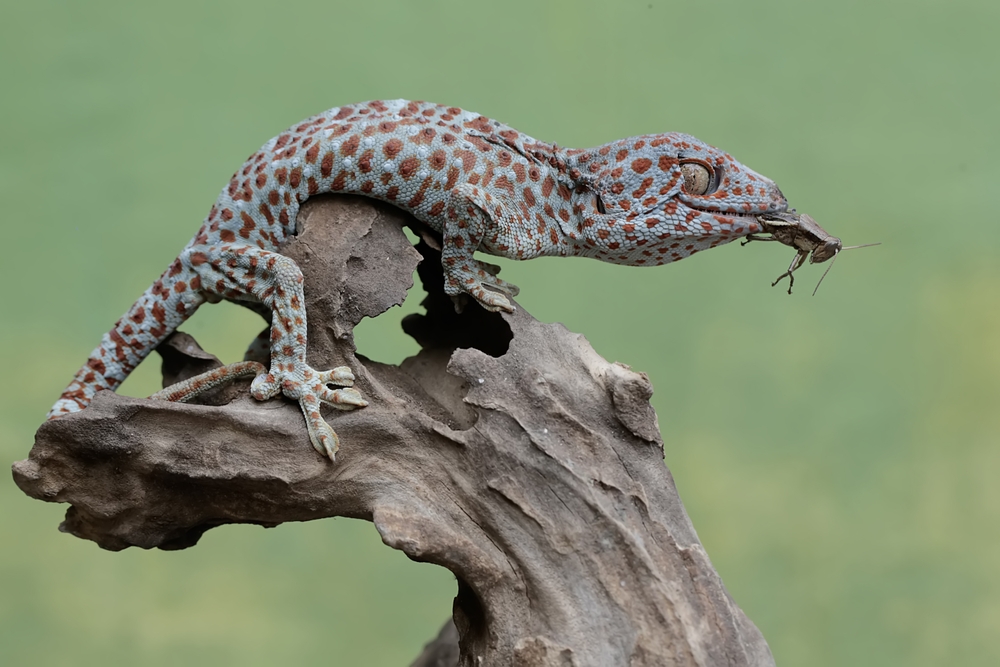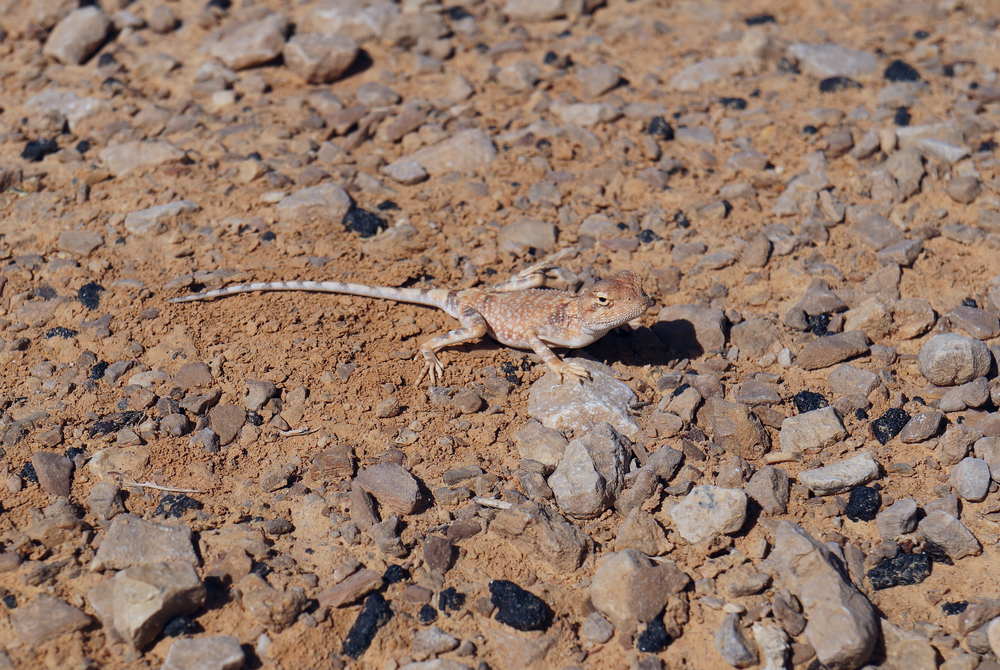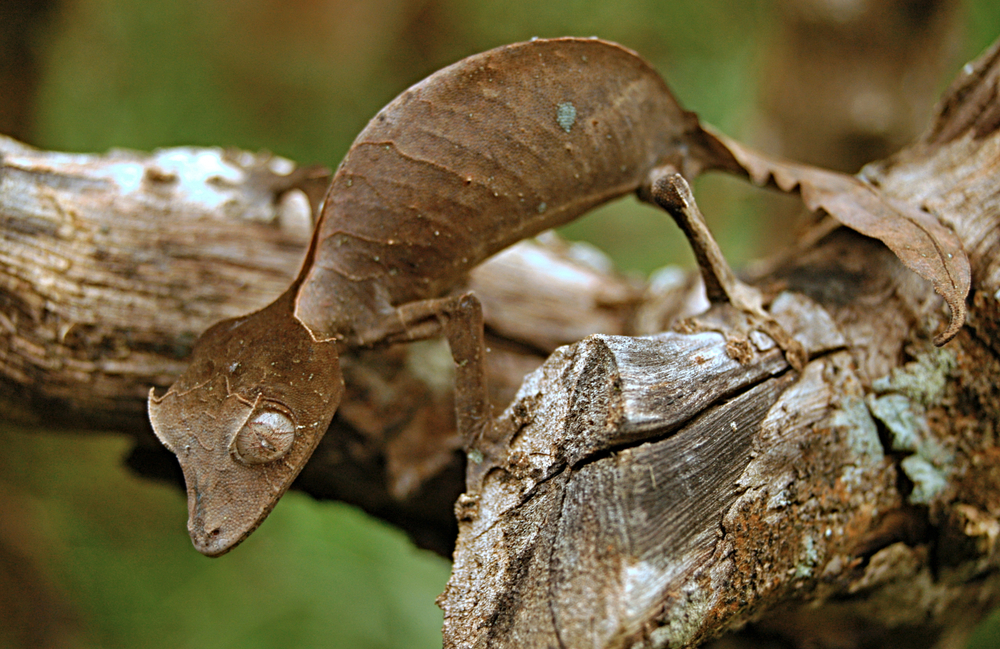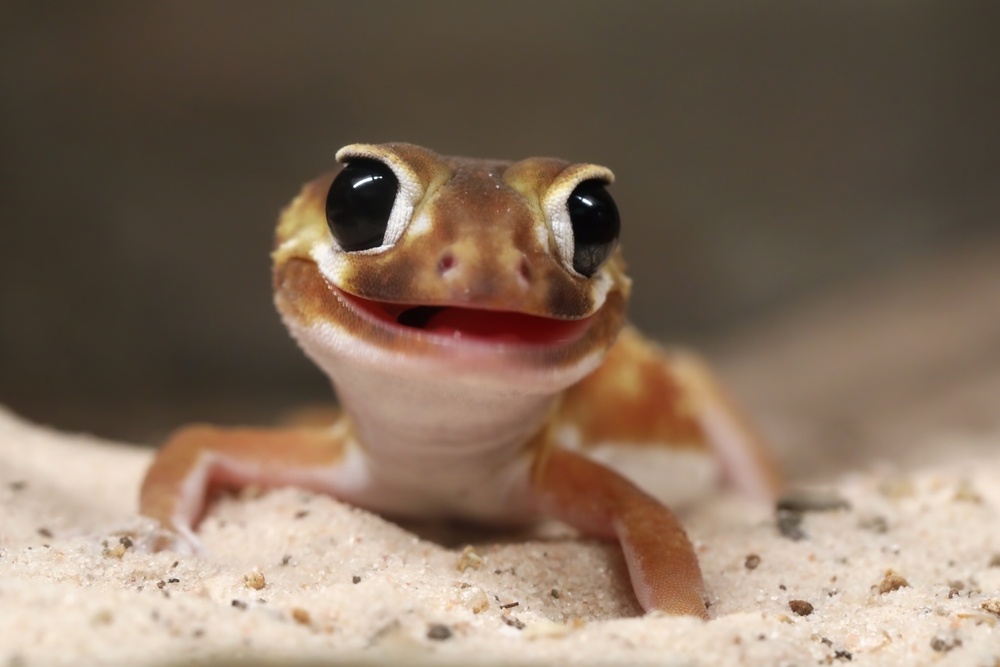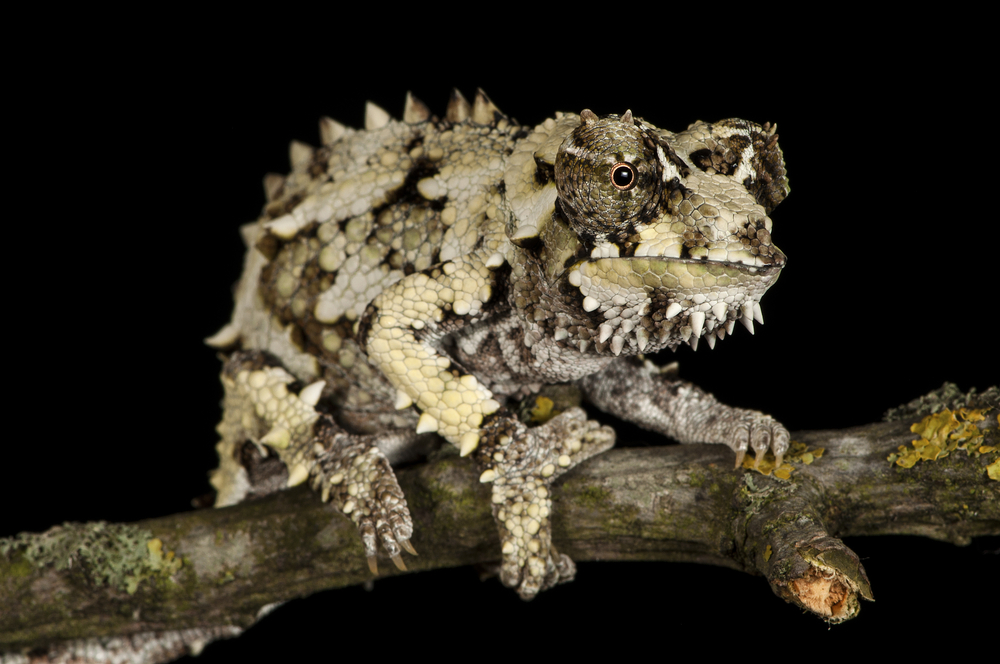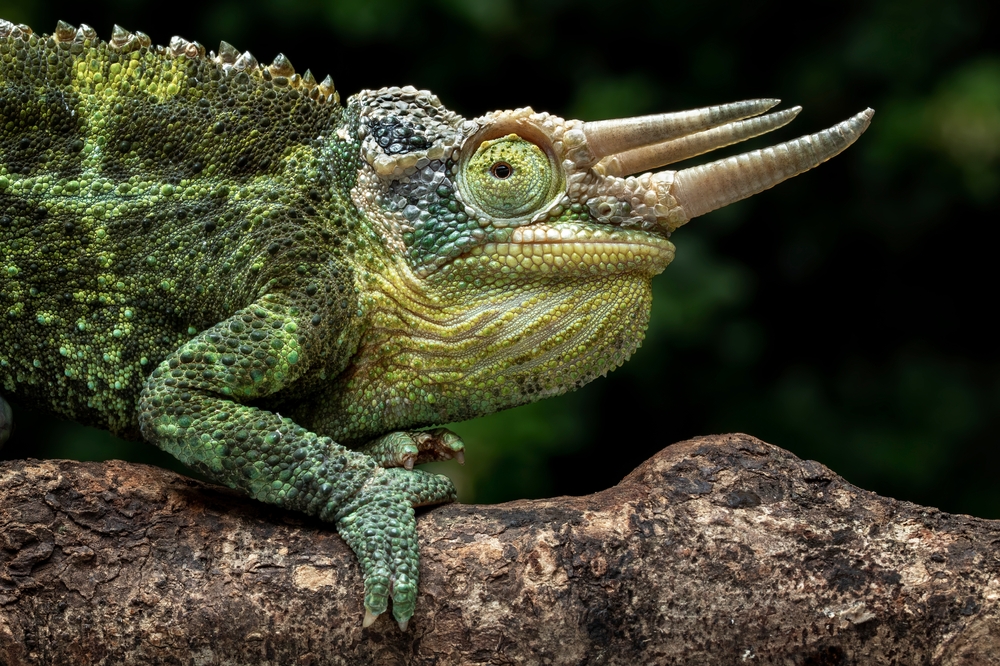Uniqueness
The Tokay Gecko stands out as one of the most aggressive, vocal, and visually striking geckos in the world. Revered and feared in equal measure, it is a symbol of tropical wildlife across Asia—known for its thunderous call, fearless attitude, and formidable jaws.
Explosive Vocalizations:
Unlike most geckos, the Tokay is exceptionally loud, producing a distinctive “To-kay! To-kay!” call, especially at night during mating season. These calls are used to defend territory, attract mates, and warn intruders. No other gecko matches its volume.
Powerful Bite and Fearless Temperament:
Tokays are famously aggressive when threatened, delivering strong, locking bites that can last for several minutes. Their powerful jaws and tenacity are unmatched among geckos of similar size.
Striking Coloration and Size:
With a base color of blue-gray and bright orange or red spots, Tokays are among the most visually beautiful geckos. Males can grow over 13 in (33 cm), making them one of the largest gecko species on Earth.
Adaptability to Human Environments:
Despite being a forest-dwelling species, Tokay Geckos thrive in urban and rural areas, often living inside homes, temples, and attics. They are valued in many Southeast Asian cultures for eating pests and believed by some to bring good luck or healing powers.
Eggs That Stick for Life:
Unlike most geckos that lay soft, hidden eggs, Tokays produce hard-shelled eggs that are cemented in place—often on ceilings, tree trunks, or under roof tiles. These eggs are extremely durable and cannot be moved without breaking.
Cultural Icon & Traditional Medicine:
In parts of Indonesia, the Philippines, Thailand, and China, Tokay Geckos are featured in folk medicine, folklore, and trade markets, believed (often falsely) to have curative properties. This has led to illegal collection pressures, despite their wide range.
Wall-Crawling Mastery:
With highly developed toe pads, Tokays can climb vertical glass, hang upside down, and leap across large gaps in tree canopies or walls. Their lamellae allow them to cling to nearly any surface—even ceilings.
The Tokay Gecko’s combination of size, aggression, volume, and color makes it a true outlier among geckos—an apex ambush predator in miniature, and a charismatic (if temperamental) ambassador of the tropical night.



































































